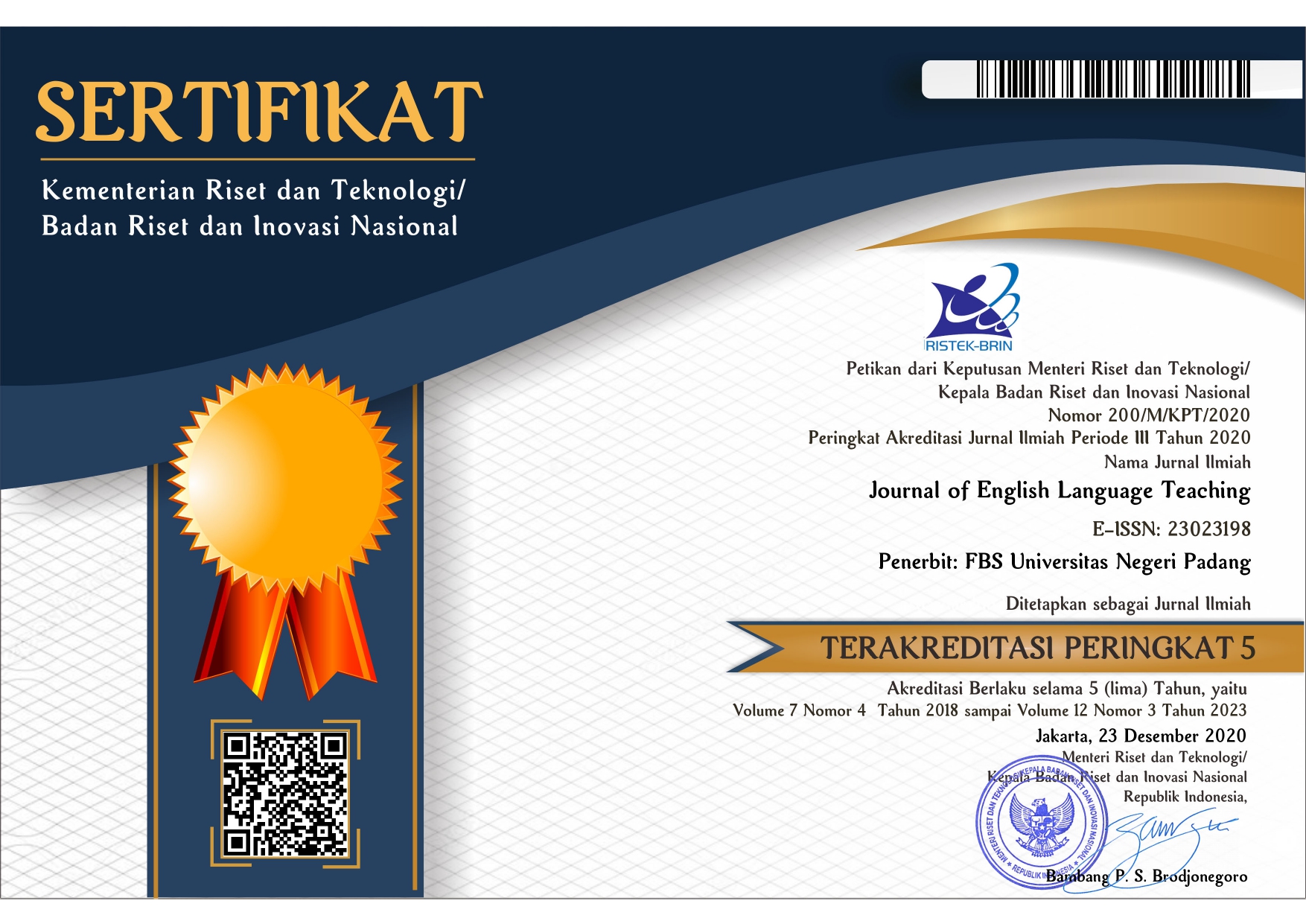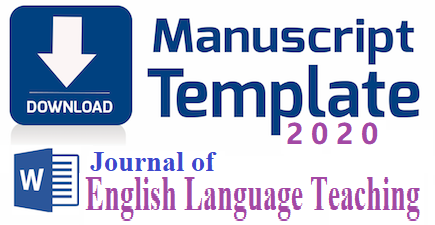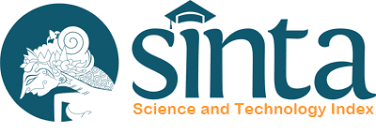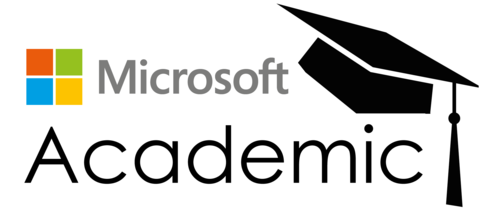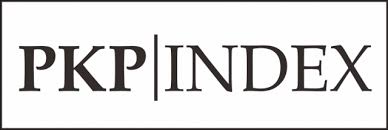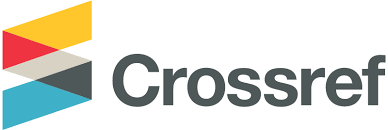Teachers’ Perception on Digital Divide in English Language Learning at Senior High Schools in Lima Puluh Kota
 ), Fitrawati Fitrawati(2),
), Fitrawati Fitrawati(2), (1)
(2)
 Corresponding Author
Corresponding Author
Copyright (c) 2024 Mutia Diva Assalam Putri, Fitrawati Fitrawati
DOI : https://doi.org/10.24036/jelt.v13i4.131255
Full Text:
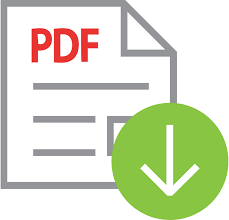 Language : en
Language : en
Abstract
Keywords
References
Ahmadi, M. R. (2018). The use of technogy in English language learning.
International Journal of Research in English Education (IJREE), 3(2), 115–125. http://ijreeonline.com/
Bélanger, F., & Carter, L. (2009). The impact of the digital divide on e-government use. Communications of the ACM, 52(4), 132-135.
Conole, G., & Dyke, M. (2004). What are the affordances of information and communication technologies?
Creswell. (2018). Understanding the impact of Students ’ Perception in Learning toward Academic Performance Understanding the impact of S tudents ’ Perception in Learning toward Academic Performance. April.
Elena-Bucea, A., Cruz-Jesus, F., Oliveira, T., & Coelho, P. S. (2021). Assessing the Role of Age, Education, Gender and Income on the Digital Divide: Evidence for the European Union.
Gorman, M. (2001). 67th IFLA Council and General Conference August 16-25, 2001. Control, 1–9.
Gorski, P. (2005). Education Equity and the Digital Divide. AACE Journal, 13(1), 3–45.
Hargittai, E. (2003). Digital Divide: What To Do. In New Economic Handboo (pp. 821–832).
Manalu, B. H. (2019). Students' Perception of Digital Texts Reading: A Case Study at the English Education Department of Universitas Kristen Indonesi. JET (Journal of English Teaching), 5(3), 191.
Muskania, R., & Zulela MS. (2021). Realita Transformasi Digital Pendidikan di Sekolah Dasar Selama Pandemi Covid-19. Jurnal Pendidikan Dasar Nusantara, 6(2), 155–165.
Naidoo, S., & Raju, J. (2012). Impact of the digital divide on information literacy training in a higher education context. South African Journal of Libraries and Information Science, 78(1), 34–44.
Nehe, B. M., Eka Nurul Mualimah, Weny Widyawati Bastaman, Ira Arini, & Sri Purwantiningsih. (2023). Exploring English Learners‟ Experiences of Using Mobile Language Learning Applications. JTP - Jurnal Teknologi Pendidikan, 25(1), 76–90.
Neupane, B. (2016). Teachers ’ and Students ’ Perceptions on Digital Divide in English Language Learning Teachers ’ and Students ’ Perceptions on Digital Divide in English Language Learning.
Noë, A., & Thompson, E. (2002). ision and Mind.
Onitsuka, K., Hidayat, A. R. R. T., & Huang, W. (2018). Challenges for the next level of digital divide in rural Indonesian communities. Electronic Journal of Information Systems in Developing Countries, 84(2), 1–25.
Sinaga, O. (2018). Students‟ Perception on the Role of English Day Program in Speaking Skill Development. JET (Journal of English Teaching), 4(2), 103.
Underwood, J. D. M. (2007). Rethinking the Digital Divide: Impacts on student tutor relationships. European Journal of Education, 42(2), 213–222.
Warschauer, M. (2007). A teacher‟s place in the digital divide. Teachers College Record, 109(14), 147–166.
 Article Metrics
Article Metrics
 Abstract Views : 27 times
Abstract Views : 27 times
 PDF Downloaded : 9 times
PDF Downloaded : 9 times
Refbacks
- There are currently no refbacks.
Copyright (c) 2024 Mutia Diva Assalam Putri, Fitrawati Fitrawati

This work is licensed under a Creative Commons Attribution-NonCommercial 4.0 International License.

